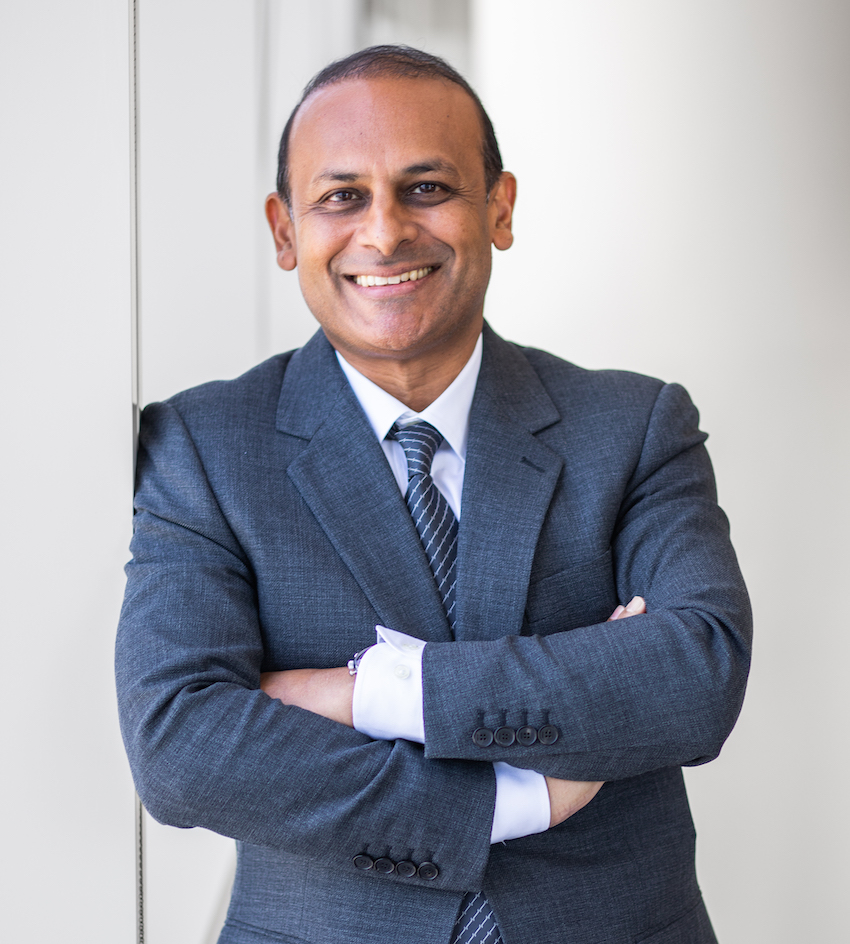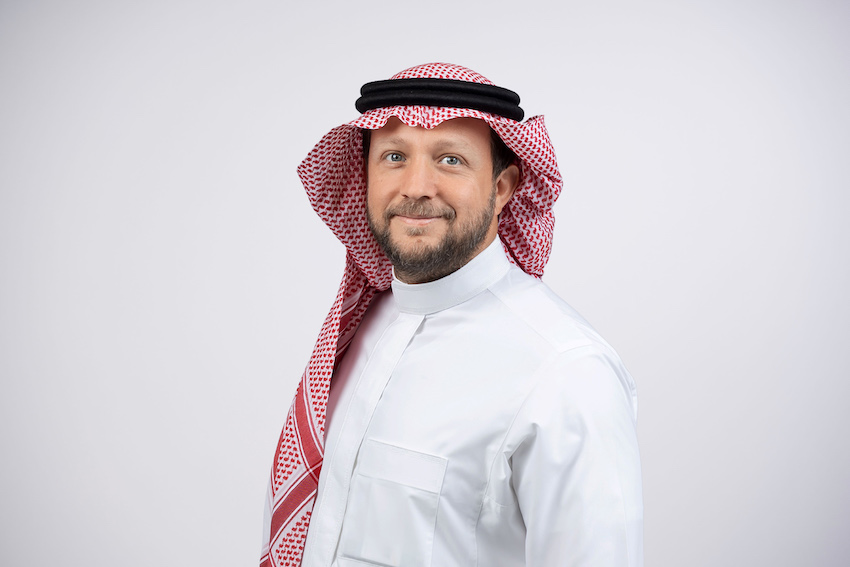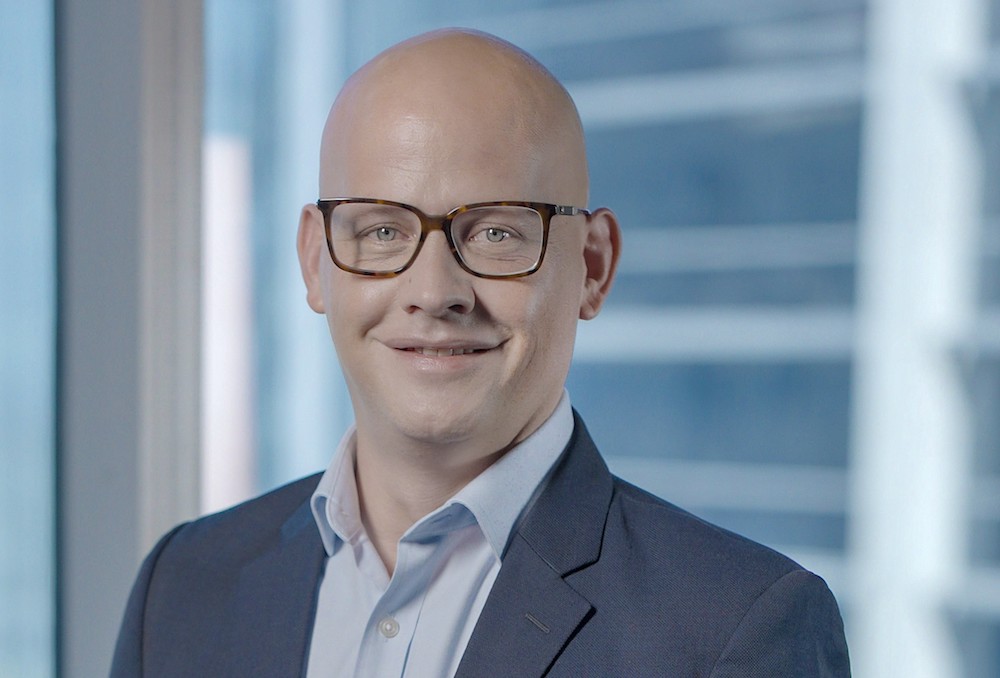RIYADH: Saudi banks are poised for a significant increase in profit margins in early 2025, driven by anticipated interest rate cuts that are expected to position them favorably against their Gulf counterparts.
A recent report from Bloomberg Intelligence highlighted the strengths of the Kingdom’s financial institutions, pointing out that they enjoy higher valuations primarily due to their reduced exposure to volatile markets.
Their conservative leverage not only positions them favorably but also allows for a strategic increase in profitability as interest rates decline.
Moreover, their adept management of the tax landscape enhances their competitive edge compared to other Gulf nations.
In addition to these factors, Saudi Arabia’s substantial role in a $2 trillion construction pipeline in the Middle East and North Africa region, which accounts for 34 percent of the total, indicates that the country’s banks will increasingly need to secure funding to support a variety of ongoing projects.
Following the US Federal Reserve’s decision on Sep. 18, the central banks of Saudi Arabia, the UAE, and Bahrain reduced their interest rates by 50 basis points, with Qatar cutting its deposit, lending, and repo rates by 55 basis points.
This change signaled a shift in US monetary policy after two years of rate hikes aimed at controlling inflation.
Central banks within the Gulf Cooperation Council, including Saudi Arabia, typically align their policies with the Fed due to the peg of their currencies to the US dollar.
The analysts in the report predict that the Federal Reserve will implement a series of interest rate cuts, starting with a 50 basis point reduction in September, followed by 25 basis point cuts in the subsequent two meetings. This would total a reduction of 100 basis points for the year.
The reduction in interest rates is expected to support Saudi Arabia’s Vision 2030 projects and further accelerate non-oil activities. Businesses in capital-intensive sectors such as real estate, construction, and infrastructure are likely to benefit from cheaper credit, facilitating more aggressive expansion and investment opportunities.
Impact of oil price and government spending
The valuation of Gulf banks is influenced by several key factors, particularly oil prices and regional spending, according to the report. An average price of $80 per barrel is essential for maintaining liquidity in the Gulf banking sector, as it supports the economic stability and cash flow necessary for banking operations.
For Saudi Arabia, achieving budget balance requires an oil price of $108 per barrel, largely due to a substantial increase in public expenditure, which rose by $111 billion from 2016 to 2023. Including investments by the sovereign wealth fund in domestic projects, total spending has increased by $148 billion.
This spending surge is associated with various government initiatives aimed at promoting social and economic development. MEED’s July data reveals that Saudi Arabia leads with a project value of $680 billion within a $2 trillion construction pipeline set for the next five years, excluding energy-related projects.
The Public Investment Fund of Saudi Arabia, valued at $925 billion, reported a 29 percent increase in assets, reaching SR2.87 trillion ($765.2 billion) in 2023.
This growth is largely attributed to a strong emphasis on local investments. Allocations for domestic infrastructure and real estate development rose by 15 percent year-over-year to SR233 billion, while foreign investments increased by 14 percent to SR586 billion.
Simultaneously, the Saudi government has introduced new laws and reforms to stimulate and mandate domestic investment, aligning with its Vision 2030 initiative to diversify the oil-dependent economy.
With plans to invest approximately $680 billion in construction projects over the next five years, banks may need around $400 billion to finance 60 percent of this pipeline, relying on a mix of deposits and additional debt issuance.
Funding the growth
As reported by Bloomberg Intelligence, Saudi banks have issued $13 billion in debt by August, with $6 billion of that coming from sources excluding the Saudi National Bank’s certificates of deposits issued in Singapore. This amount surpasses the $11 billion in debt issued by UAE banks during the same timeframe.
Total debt issuance from Saudi banks is projected to reach at least $15 billion annually, supported by a diversified funding strategy that includes up to 15 percent from wholesale funding.
The last instance of Saudi banks outperforming UAE banks in debt issuance was in 2022, when tight liquidity and increased capital demand, particularly from the mortgage sector, were prevalent.
Bloomberg Intelligence noted that Saudi banks’ debt offerings are 3.7 times oversubscribed, compared to three times for their UAE counterparts. This indicates strong investor confidence and ample market liquidity, enabling Saudi banks to secure the necessary capital for expansion as the nation advances its Vision 2030 initiatives.
However, the report also pointed out a challenge: Saudi banks are dealing with a $4 billion currency mismatch, meaning they may have borrowed in one currency while managing assets or revenues in another, exposing them to financial risks from fluctuating exchange rates.
Moreover, heightened competition among Saudi banks has led to narrower spreads on corporate loans, making it challenging to impose higher rates. Although declining interest rates may improve these spreads, the high costs of liabilities compel banks to seek additional strategies to enhance the profitability of their corporate lending.
Shift to sustainable funding
Saudi banks primarily rely on wholesale funding from other banks and financial institutions; however, this source is deemed unreliable for long-term obligations, particularly those in foreign currencies.
Consequently, the report emphasizes the urgent need for Saudi banks to secure more stable, long-term funding options to support their operations and growth.
According to Bloomberg Intelligence, the share of wholesale funding in Saudi banks’ balance sheets has decreased from 15 percent in the fourth quarter of 2023 to 14 percent in June, signaling a shift in how banks are managing liquidity needs and reducing reliance on short-term interbank borrowing.
Additionally, UAE banks have extended liquidity support to Saudi banks through interest-bearing deposits, showcasing cross-border financial collaboration.
While unsecured debt constitutes only 3 percent of the banks’ assets, this figure has risen due to record debt issuance this year. This suggests that although Saudi banks are working to expand their debt profiles, a significant portion of their funding remains secured.
Furthermore, Tier 1 capital represents 2 percent of the balance sheet, indicating a stable capital position relative to total assets. Notably, Al Rajhi Bank and Alinma Bank have received considerable amounts in time deposits from other banks, which suggests variability in the amounts they can secure over time despite their engagement with wholesale funding.
Asset quality and profitability
Saudi banks are sustaining stable asset quality, with Stage 1 or good loans increasing to 93.4 percent in the first half of the year, up from 92.8 percent in 2023. This improvement is attributed to strong new loan origination.
The report indicated that write-offs and recoveries surged, peaking at SR6 billion in the fourth quarter, resulting in a decline of Stage 3 or bad loans to just 1.6 percent.
To mitigate potential risks, banks are bolstering their provision buffers, with coverage for Stage 1 loans rising to 45 basis points. The cost of risk improved to 34 basis points in the second quarter, exceeding expectations; however, it may increase in the latter half of the year if recovery trends falter.
In contrast, UAE banks, which experienced a significant boost in profitability last year, are likely to face a rise in their cost of risk as they adapt to a new corporate tax structure while striving to maintain their performance levels.
The introduction of a 9 percent tax, projected to increase to 15 percent in 2025, along with the potential for higher provisioning requirements in the future, presents challenges for these banks.
Saudi banks, on the other hand, are already subject to a 10 percent zakat tax but operate with lower leverage compared to their UAE counterparts. This reduced leverage positions Saudi banks favorably to enhance their return on equity if interest rates decrease.
While UAE banks managed to soften the impact of the corporate tax in their second-quarter financial results, their margins are under pressure, raising concerns about their loan recovery capabilities, which could affect bad-loan ratios.
According to Bloomberg Intelligence, Qatari banks are expected to maintain relatively stable margins, but their exposure to the real estate sector presents a risk to asset quality. A recovery in this sector could serve as a significant catalyst for enhancing overall stability and performance.
Fitch Ratings reported in August that the operating environment for Saudi banks is favorable, assigning them a score of bbb+, the highest among the banking sectors in the GCC.
This score is one notch above the ratings of its closest peers— UAE, Qatar, and Kuwait— and represents the highest score awarded by Fitch globally to emerging market banking sectors.
Fitch anticipated that Saudi banks will continue to grow at roughly double the average rate of the GCC, with projected financing growth of about 12 percent for 2024, compared to 11 percent in 2023.































